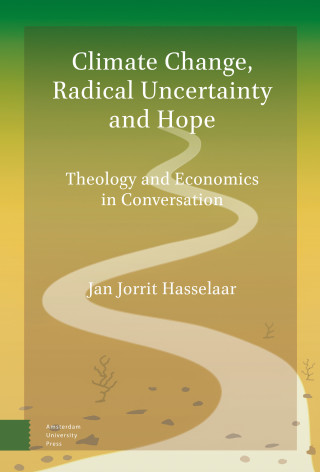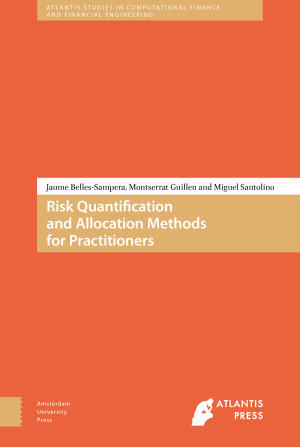Miguel Santolino has a PhD in Business Studies, MA Actuarial Science and MA Economics from the University of Barcelona and MSc in Financial and Actuarial Engineering from the Katholieke Universiteit Leuven (Belgium). His academic position is senior lecturer in the Department of Econometrics, Statistics and Spanish Economy in the University of Barcelona. His research focuses on risk measurement, the resolution of disputes, including ADR methods, and assessment of bodily injuries. His research is published in Risk Analysis, Accident Analysis and Prevention, Insurance: Mathematics and Economics, Journal of Risk Research, Group Decision and Negotiation, International Review of Law and Economics, European Journal of Law and Economics and national insurance journals. He received the Ferran Armengol i Tubau prize (2008) to the best study about insurance, awarded by the Catalan Society of Economy.

